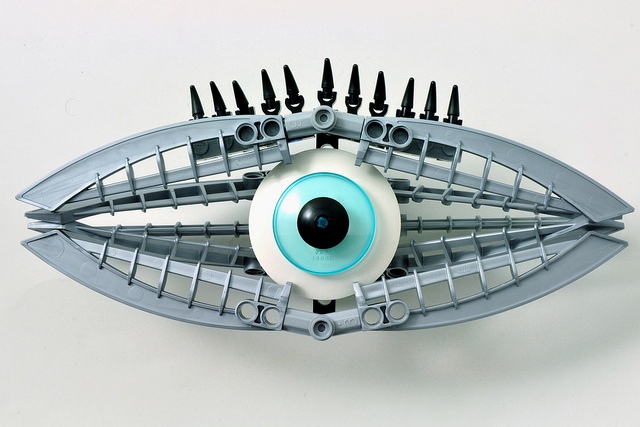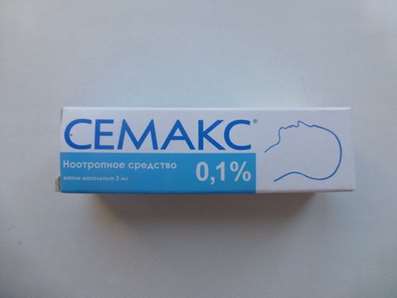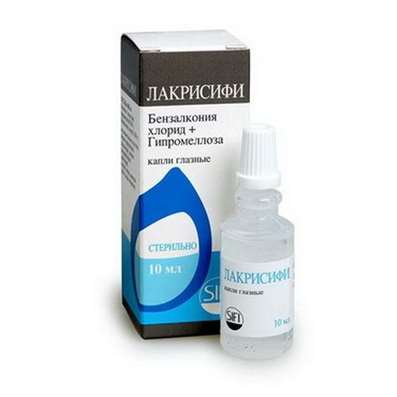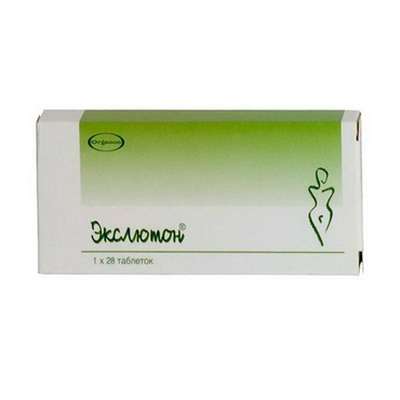As the patient was transplanted retina of the "artificial" cells?
05 Nov 2016
On receipt of induced pluripotent stem cells and their use in medicine

September 12, 2014 in Japan for the first time the operation was carried out by transplantation of retinal cells derived from induced pluripotent stem cells, 70-year-old patient with age-related degenerative retinal changes.
Rapid development of regenerative medicine has led to a new breakthrough - retinal cells from induced pluripotent stem cells, the patient first hoisted. Pluripotent cells can give rise to any adult cell type. After the first type derived in culture of pluripotent cells - Embryonic stem cells - such cells learned prepared from mouse adult somatic cells, and then human. Such "artificial" cells called induced pluripotent stem cells (iPSCs). They have all the characteristics of embryonic stem cells can differentiate into all cell types of an adult organism. Furthermore, since they are obtained from a patient's cells could have its genotype, respectively, their derivatives - perfect resource for production of cells for transplantation to the same patient.
To normalize the functions of the visual analyzer buy Peptides (Cytomax) Visoluten, Peptide complex 17 10ml for promotes natural regeneration of vision.
Protocols differentiation of different types of pluripotent cells began to be developed in a breeding culture of the first lines of embryonic stem cells, and to date, have learned how to get many types of adult cells, including cells of the retina. However, until now used for retinal transplants, tissue derived from stem cells of the patient, and this resource is very limited and usually requires surgery. Also, embryonic stem cells and their derivatives have an excellent genetic material from a patient, and they are subject to unceasing ethical controversy many countries. The solution to these problems become iPSCs. The technology they use is quite simple: a biopsy of the patient's skin get its somatic cells in vitro (test tube), they are converted into iPSCs and have these freshly pluripotent cells differentiate into the desired cell type and gives a lift to the patient.
Such a "full cycle" for the first time received permission to use in medicine: retinal cells thus produced eye hoisted seventy patient with age-related degeneration of the retina. Most likely, the next cell type, which will be available and, importantly, the transplant patient - different neuronal derivatives, as they are well developed protocols differentiation, and have already been made in animal experiments using neuronal derivatives of embryonic stem cells. Thus, the technology of "full cycle" removes the ethical issues related to the use of embryonic stem cells, and significantly reduces the chance of graft rejection. Together with the technology of 'genome editing', with which you can be genetically "treat" patient iPSC-derived cells, this first step indicates the beginning of a new era of using iPSCs in medicine.

 Cart
Cart





